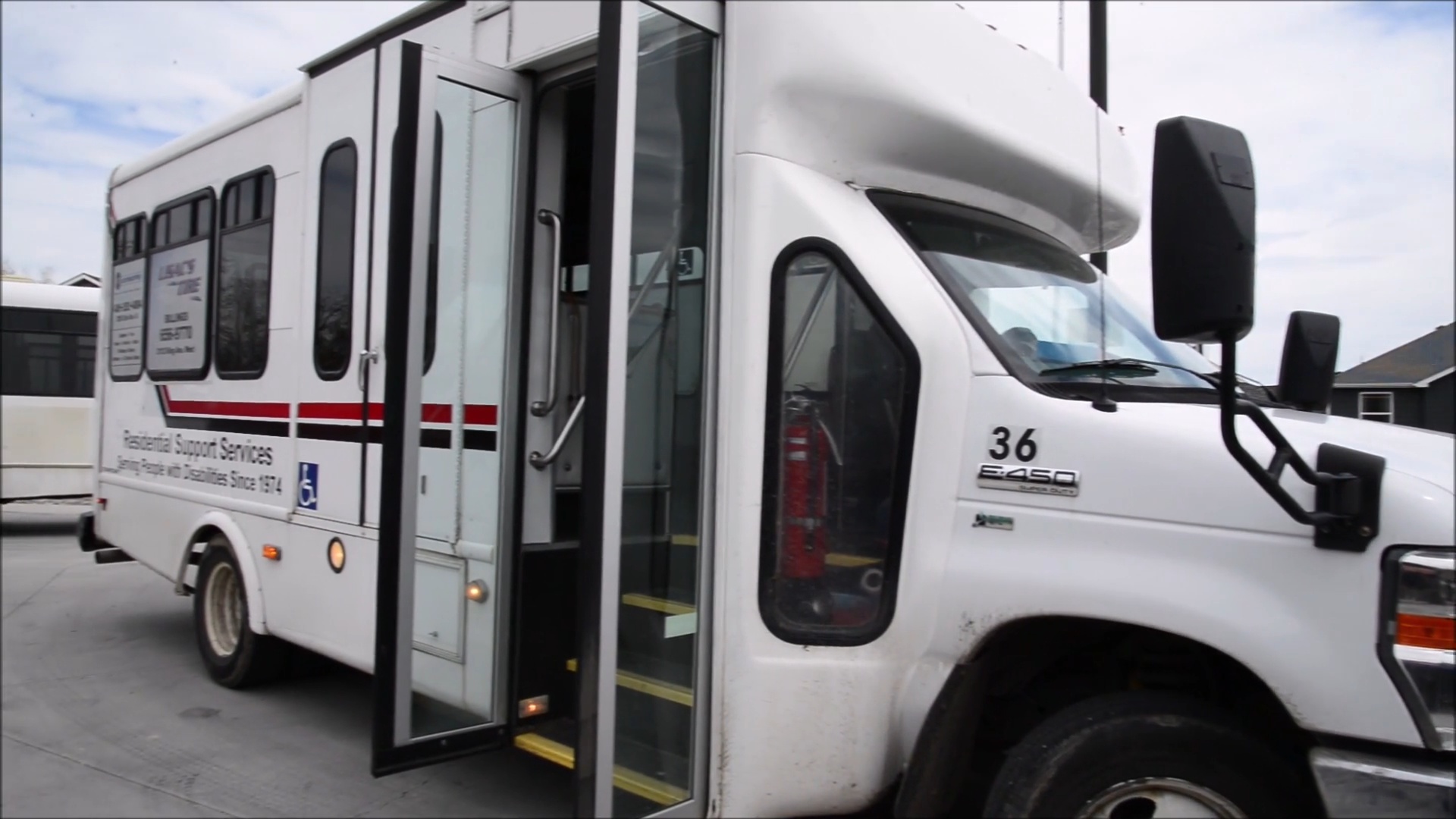Effective communication is fundamental to human interaction. For individuals with developmental disabilities, mastering communication skills is crucial for achieving independence, forming relationships, and participating fully in community life. Whether expressing needs, sharing thoughts, or understanding others, strong communication abilities empower individuals to navigate their world confidently and clearly.
Understanding the importance of both verbal and nonverbal communication techniques is essential for fostering meaningful interactions. Verbal communication involves using words to convey messages, which includes speaking, listening, and interpreting language. On the other hand, nonverbal communication encompasses body language, facial expressions, and gestures, often conveying more than words alone can express. Both forms of communication play a vital role in daily interactions and social integration.
In addition to these traditional methods, modern tools and technologies offer innovative ways to enhance communication for those with developmental disabilities. Devices, apps, and adaptive equipment can bridge gaps in understanding and expression, making it easier for individuals to connect with others. By integrating these tools with effective communication strategies, we can provide comprehensive support that addresses each person’s unique needs, ultimately improving their quality of life.
Understanding the Importance of Effective Communication
Practical communication skills are essential for everyone, especially those with developmental disabilities. These skills enable clear expression of needs, feelings, and thoughts, which are crucial for building and maintaining relationships. Without effective communication, misunderstandings can arise, leading to frustration and isolation.
Furthermore, being able to communicate well enhances participation in various community activities. It empowers individuals to engage in social interactions, access services, and pursue educational and employment opportunities. By emphasizing the importance of communication, we can help individuals improve their overall quality of life and promote their independence.
Verbal Communication Techniques
Verbal communication involves using words to share information. We focus on several techniques to enhance these skills. First, we encourage active listening. This means paying close attention to the speaker, making eye contact, and not interrupting. Active listening helps individuals understand and respond appropriately.
Next, we practice clear speech. This includes speaking slowly, using simple words, and articulating clearly. These practices ensure that the message is easy to understand. Additionally, we emphasize the importance of asking questions. Asking questions not only clarifies information but also shows interest in the conversation.
We also use repetition and summarizing. Repeating key points and summarizing the conversation help reinforce understanding. These techniques are integrated into daily interactions to make communication more effective and to build confidence in expressing ideas.
By utilizing these verbal communication techniques, we can help individuals with developmental disabilities improve their ability to interact with others, leading to more meaningful and fulfilling relationships.
Nonverbal Communication Strategies
Nonverbal communication plays a significant role in conveying messages without words. It includes facial expressions, body language, gestures, and eye contact, which can tell much about a person’s feelings and intentions. We focus on helping individuals understand and use these cues effectively.
Facial expressions are powerful ways to express emotions like happiness, sadness, or confusion. Teaching individuals to recognize and interpret these expressions can improve their ability to respond appropriately in social situations. Body language, such as posture and movements, also conveys important information. We encourage individuals to observe and mirror positive body language to foster better interactions.
Gestures like nodding, pointing, and hand signs can significantly assist communication, especially when words are insufficient. Eye contact is another crucial element. It shows attentiveness and interest. We provide practice scenarios to help individuals become comfortable maintaining eye contact, thus enhancing their overall communication skills.
Tools and Technologies to Enhance Communication
In today’s world, technology provides many tools that help improve communication for individuals with developmental disabilities. Communication devices like speech-generating devices (SGDs) and apps can be beneficial. These tools allow individuals to express themselves more easily and clearly.
Various communication apps are available that can turn text into speech, helping individuals who have difficulty speaking. Picture exchange communication systems (PECS) are also popular. They use pictures to help individuals communicate their needs and thoughts. Tablets and smartphones with specialized apps can create portable communication aids customized to users’ needs.
Adaptive devices like specialized keyboards and touchscreens can facilitate more accessible communication. These tools can be incredibly beneficial by providing alternative interaction methods, reducing frustration, and increasing independence.
Conclusion
Effective communication is vital for individuals with developmental disabilities to live fulfilling and independent lives. By focusing on verbal and nonverbal communication techniques and leveraging modern tools and technologies, we can significantly improve their ability to connect with others. These strategies empower individuals and foster stronger relationships and community participation.
At Residential Support Services, we are committed to enhancing communication skills for everyone in our care. Our dedicated approach ensures that each individual receives the tailored support they need. Explore our residential support services and see how we can help improve communication skills. Contact Residential Support Services today to learn more.









